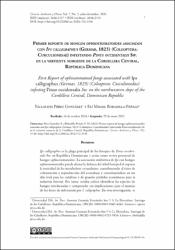Mostrar el registro sencillo del ítem
Primer reporte de hongos ophiostomatoides asociados con Ips calligraphus (Germar, 1823) (Coleoptera: Curculionidae) infestando Pinus occidentalis Sw. en la vertiente noroeste de la Cordillera Central, República Dominicana
| Licencia | Creative Commons Atribución-NoComercial-CompartirIgual 4.0. | es |
| Autor | Pérez González, Esclaudys | |
| Autor | Bobadilla-Peñaló, Elí Misael | |
| Fecha de admisión | 2025-04-09T22:46:22Z | |
| Fecha disponible | 2025-04-09T22:46:22Z | |
| Año | 2024 | |
| Citación | Pérez González, E. y Bobadilla-Peñaló, E. M. (2024). Primer reporte de hongos ophiostomatoides asociados con Ips calligraphus (Germar, 1823) (Coleoptera: Curculionidae) infestando Pinus occidentalis Sw. en la vertiente noroeste de la Cordillera Central, República Dominicana. Ciencia, Ambiente y Clima, 7(2), 31-48. Recuperado de: | es |
| URI | https://bvearmb.do/handle/123456789/6055 | |
| Sinopsis | [Español] Ips calligraphus es la plaga principal de los bosques de Pinus occidentalis Sw. en República Dominicana y actúa como vector potencial de hongos ophiostomatoides. La asociación simbiótica de Ips con hongos ophiostomatoides puede alterar la defensa del árbol huésped al superar la toxicidad de los metabolitos secundarios, contribuyendo al éxito de colonización y reproducción del escarabajo y constituyéndose en un dúo letal para las coníferas y de grandes pérdidas económicas para la industria forestal. Por tanto, resulta crítico identificar las especies de hongos involucradas y comprender sus implicaciones para el manejo de los focos de infestación por I. caligraphus. En esta investigación, se aislaron hongos en medio de cultivo agar extracto de malta, a partir del cuerpo de insectos recolectados en árboles atacados. Los hongos fueron identificados con base en los atributos morfológicos del micelio y secuenciación de ADN usando cebadores ITS1-ITS4. Se identificaron seis morfotipos de hongos ophiostomatoides: cuatro Ophiostoma ips, un Leptographium manifestum y un Ophiostoma spp. Este es el primer reporte de hongos ophiostomatoides asociados a I. calligraphus en el país. | es |
| Sinopsis | [English] Ips calligraphus is the primary pest of Pinus occidentalis Sw. forests in the Dominican Republic and acts as a potential vector for ophiostomatoid fungi. The symbiotic association between Ips and these fungi compromises the host tree’s defense mechanisms by overcoming the toxicity of secondary metabolites, facilitating the beetle’s colonization and reproduction. This lethal combination poses a significant threat to conifers and results in substantial economic losses for the forestry industry. To address this issue, fungi were isolated on malt extract agar from insect bodies collected from infested trees. Identification was based on the morphological characteristics of the mycelium and DNA sequencing using ITS1-ITS4 primers. Six morphotypes of ophiostomatoid fungi were identified: four Ophiostoma ips, one Leptographium manifestum, and one Ophiostoma spp. This study provides the first report of ophiostomatoid fungi associated with I. calligraphus in the country. | es |
| Idioma | Spanish | es |
| Publicado | Ciencia, Ambiente y Clima, 7(2), 31-48 | es |
| Derechos | © Ciencia, ambiente y clima, 2024. | es |
| URI de derechos | https://creativecommons.org/licenses/by-nc-sa/4.0/ | es |
| Materia | Recursos naturales - República Dominicana | es |
| Materia | Recursos forestales | es |
| Materia | Problemas ambientales | es |
| Título | Primer reporte de hongos ophiostomatoides asociados con Ips calligraphus (Germar, 1823) (Coleoptera: Curculionidae) infestando Pinus occidentalis Sw. en la vertiente noroeste de la Cordillera Central, República Dominicana | es |
| dc.title.alternative | First Report of ophiostomatoid fungi associated with Ips calligraphus (Germar, 1823) (Coleoptera: Curculionidae) infesting Pinus occidentalis Sw. on the northwestern slope of the Cordillera Central, Dominican Republic | es |
| dc.identifier.doi | https://doi.org/10.22206/cac.2024.v7i2.3336 | |
| Tipo de material | Article | es |
| Tipo de contenido | Scientific research | es |
| Acceso | Open | es |
| Audiencia | Technicians, professionals and scientists | es |
Ficheros en el ítem
Este ítem aparece en la(s) siguiente(s) colección(es)
-
Investigación ambiental [1725]


